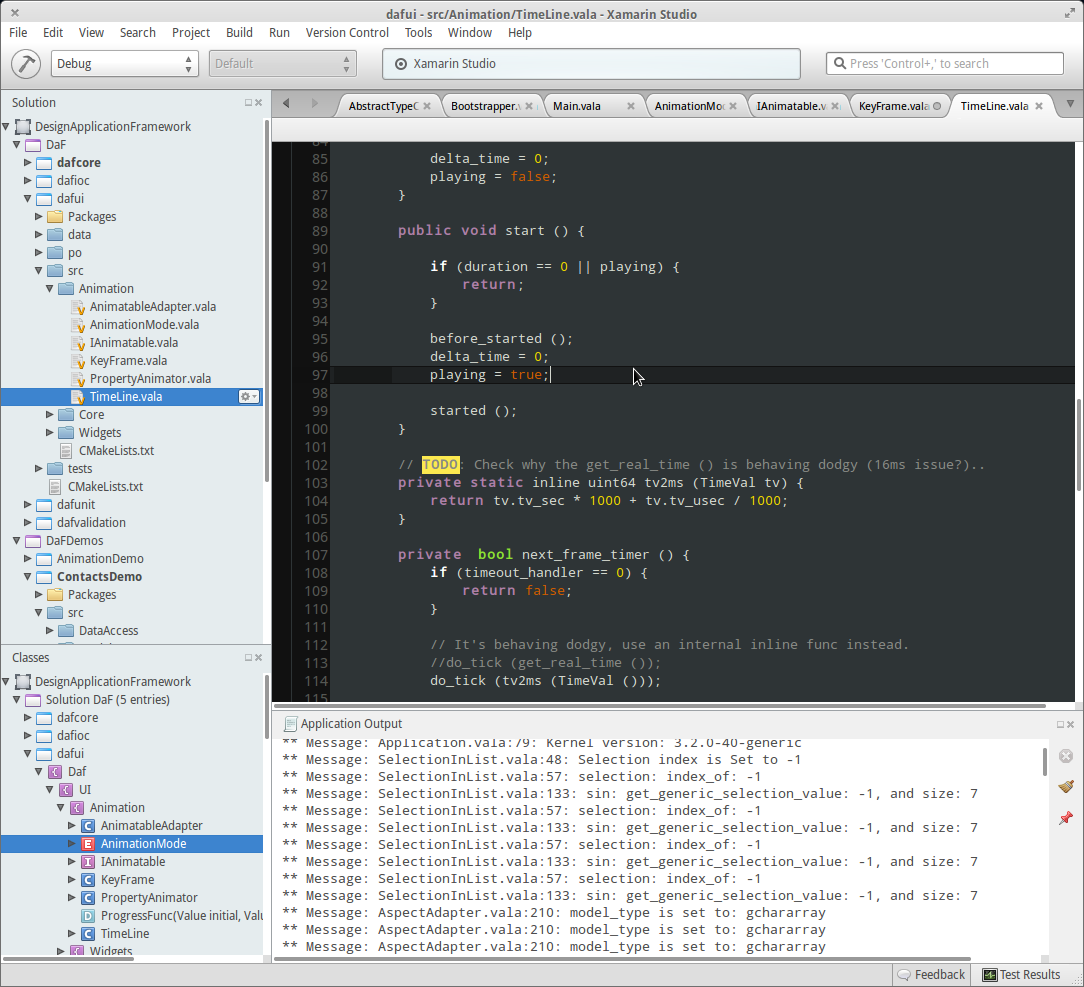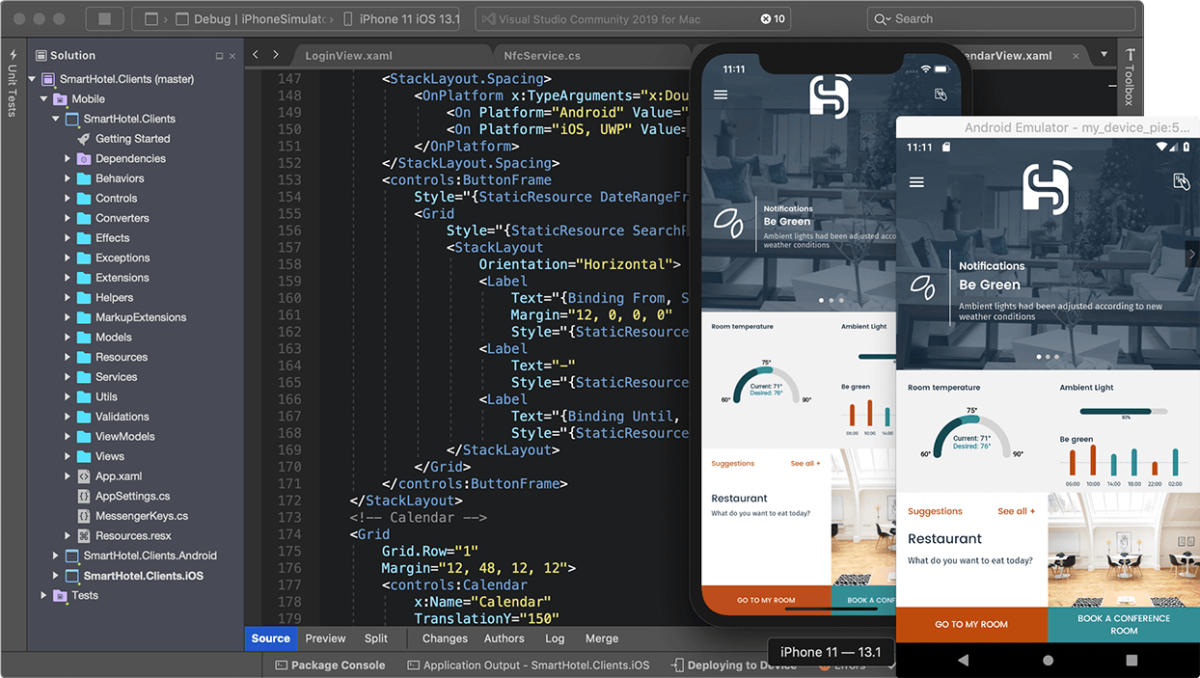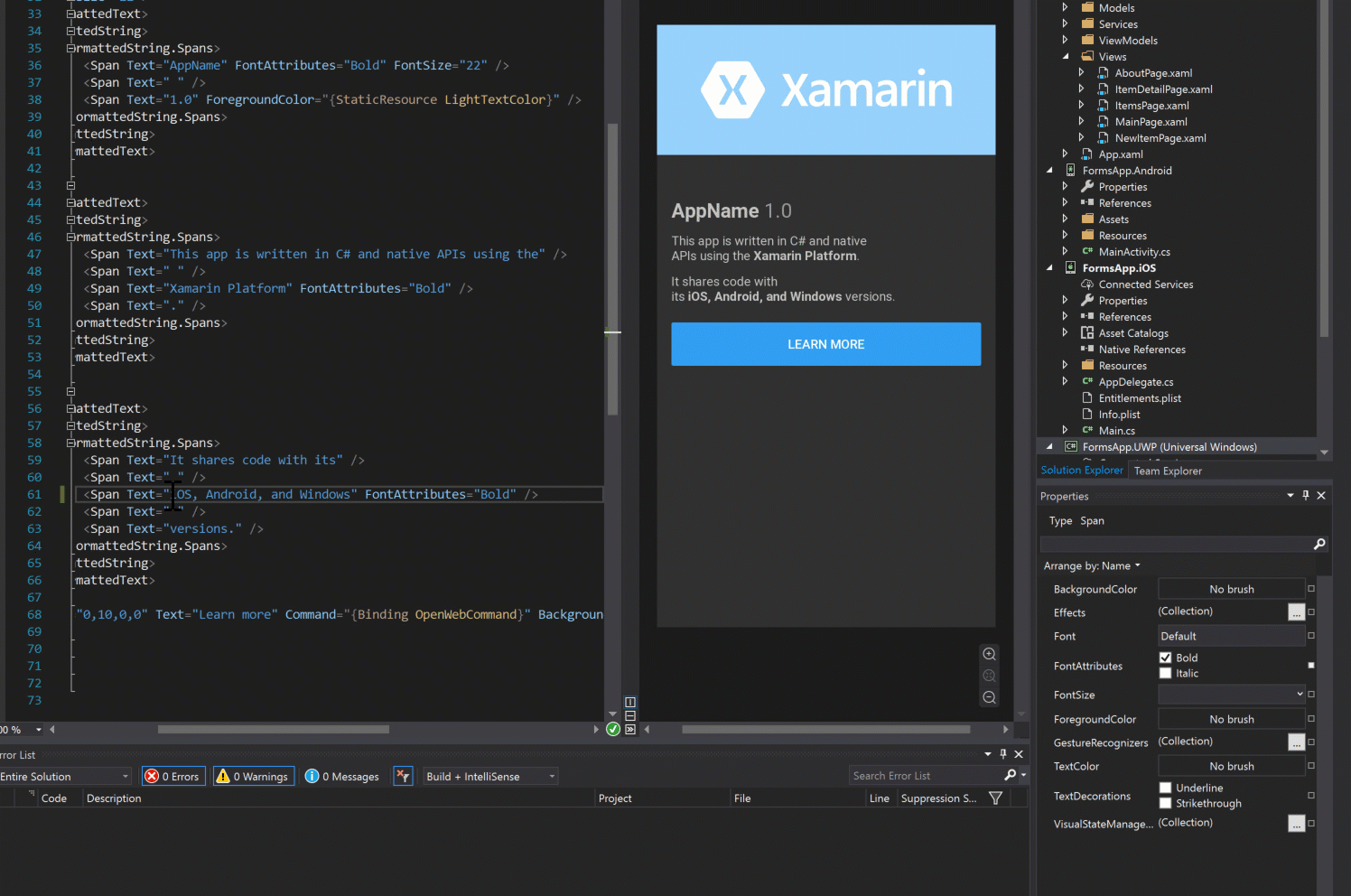

Still, despite all that, Xamarin is rarely a mobile game developer’s first choice. NET/Visual Studio and, by proxy, Xamarin. All of these tools can be used for developing games with C# in. Other options for developing cross-platform games in. NET/C#, notable examples being Transistor, FEZ, Bastion, TowerFall, and Infinite Flight. MonoGame is a popular framework for developing cross-platform 2D and 3D games in. NET/C# games in Visual Studio, mobile and multi-platform ones included. It should be noted that there are definitely options for creating.

The logic behind it is the following: if code-sharing and time-savings aren’t all that great with Xamarin-based games and you still need to build two or more separate apps, you should do it natively. Stemming from the previous disadvantage, developing games with Xamarin is often considered lackluster. The same is true for even less complicated apps where you’d want to add specialized platform controls, like a custom view in iOS. Essentially, it’s not advisable to utilize Xamarin for applications like that, as the UI for each platform will have to be largely built from scratch. This same limitation makes building complex GUI-heavy apps much less beneficial in Xamarin. So, you can increase the margin of reusable code, but that requires a level of ingenuity from your development team. It does depend on the libraries you use, as more of them become available through community support that we mentioned above. The rest is platform-specific, though and, depending on the app, can grow to be too much of a hassle, canceling the code-sharing benefits. On average, apps built with Xamarin can share anywhere between 60% and 80% of the code, mostly the business logic and some of the APIs and GUI, thanks to Essentials and Forms. This means that your development team should still know their way around Objective-C, Java, Swift, and Kotlin to properly build a foundation for all the UI elements. Yes, certain elements can be extracted and duplicated, but not the entire UI. There’s no single framework that can be shared between all of them completely.

If you’re not using Xamarin.Forms, you’ll still need to develop UI for each of the platforms separately. NET, Visual Studio and WPF developers are still naturally attracted to Xamarin, new talents are joining in, and even some dedicated single-platform developers jump ships too, so Xamarin community only keeps growing as time goes by. At the same time, things are improving in terms of the ecosystem and API robustness, and the platform steadily gets more popular.Ĭ#. Specialization is the key to success in many app development niches, and, compared to the giants, communities for Xamarin and other similar tools are pretty limited.

Xamarin, despite being one of the top choices for cross-platform mobile development, doesn’t hold a candle to major platforms in terms of presence, accumulated communal knowledge, and experience. On their own, huge long-lived communities for ‘pure’ iOS and Android naturally outnumber anything even the best of hybrid mobile app frameworks have to show. The number of developers working with all major platforms simultaneously is naturally smaller than of those dedicating their time and efforts to a single platform. Probably the biggest disadvantage of all hybrid app development products is the community, or rather its absence. These include Shell with new options for streamlined development with a fully visualized hierarchy, shared navigation, and integrated search options. Xamarin.Forms keeps getting better, too, with the fourth version rolled out in May 2019, bringing a number of upgrades. This skyrockets development speed and drives down costs to a massive degree, making the “write once, use everywhere” mantra a lot closer to the harsh reality. Now, with the right project, using Xamarin.Forms can drive the percentage or reused code up to a whopping 95%, providing the ultimate code sharing experience. That all changed with the coming of Xamarin.Forms (or at least once it got up to speed a couple of years later). While having all the necessary tools for platform-specific development, Xamarin.Android and Xamarin.iOS didn’t really provided much in terms of GUI reusability. One of the many perks, aside from all-native elements and controls support, is C# and simplified XAML coding, with no need to cater to any specific platform.īefore Xamarin.Forms came into play, building GUI with the framework was the blind spot where code sharing was practically unattainable. A cross-platform GUI library for Android and iOS (also macOS, watchOS, tvOS, and others), Xamarin.Forms is currently one of the simplest ways to build cross-platform user interfaces that are compliant with the guidelines. Do your apps require an appealing yet fairly standard GUI? Then Xamarin.Forms is for you.


 0 kommentar(er)
0 kommentar(er)
